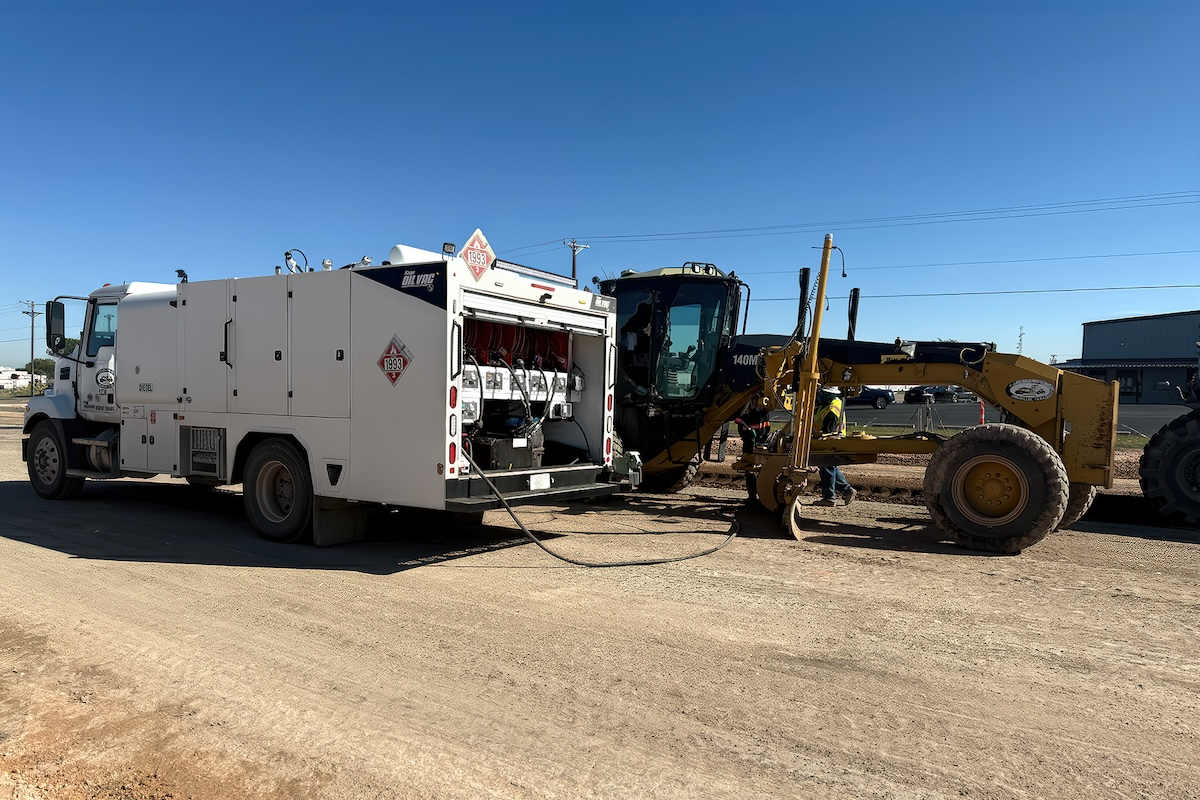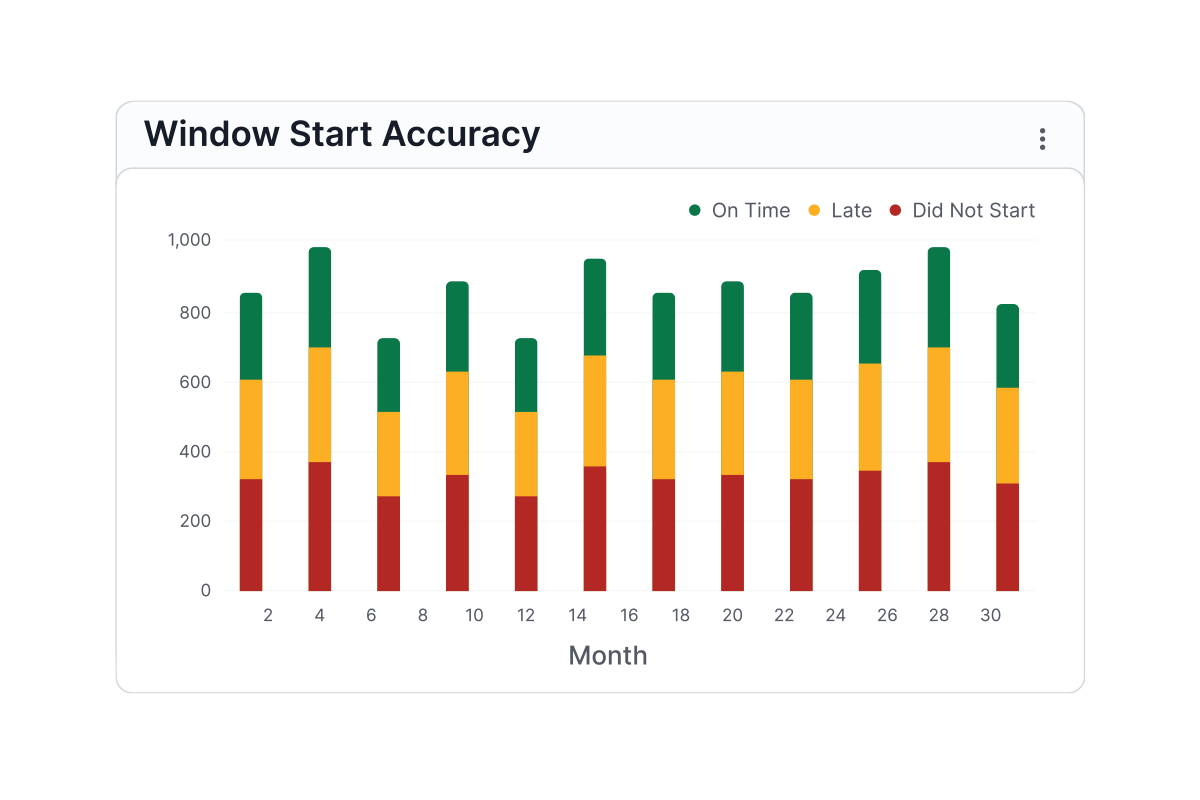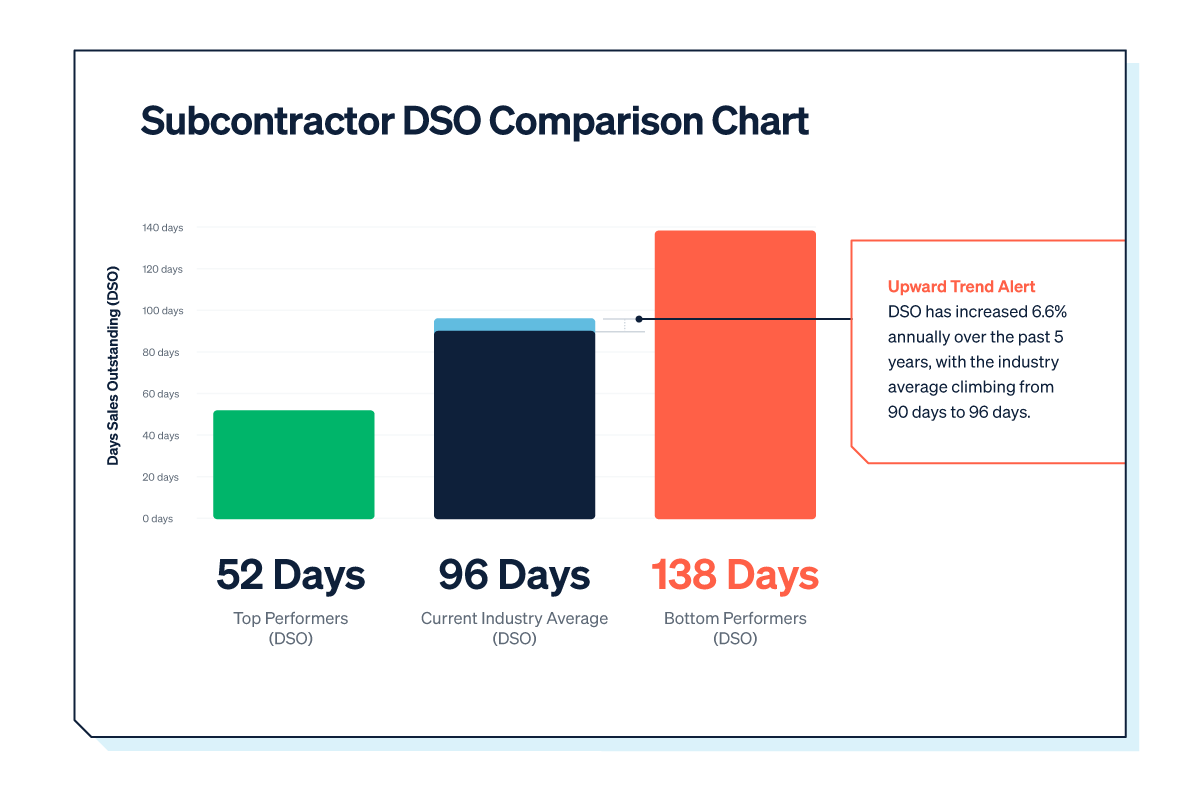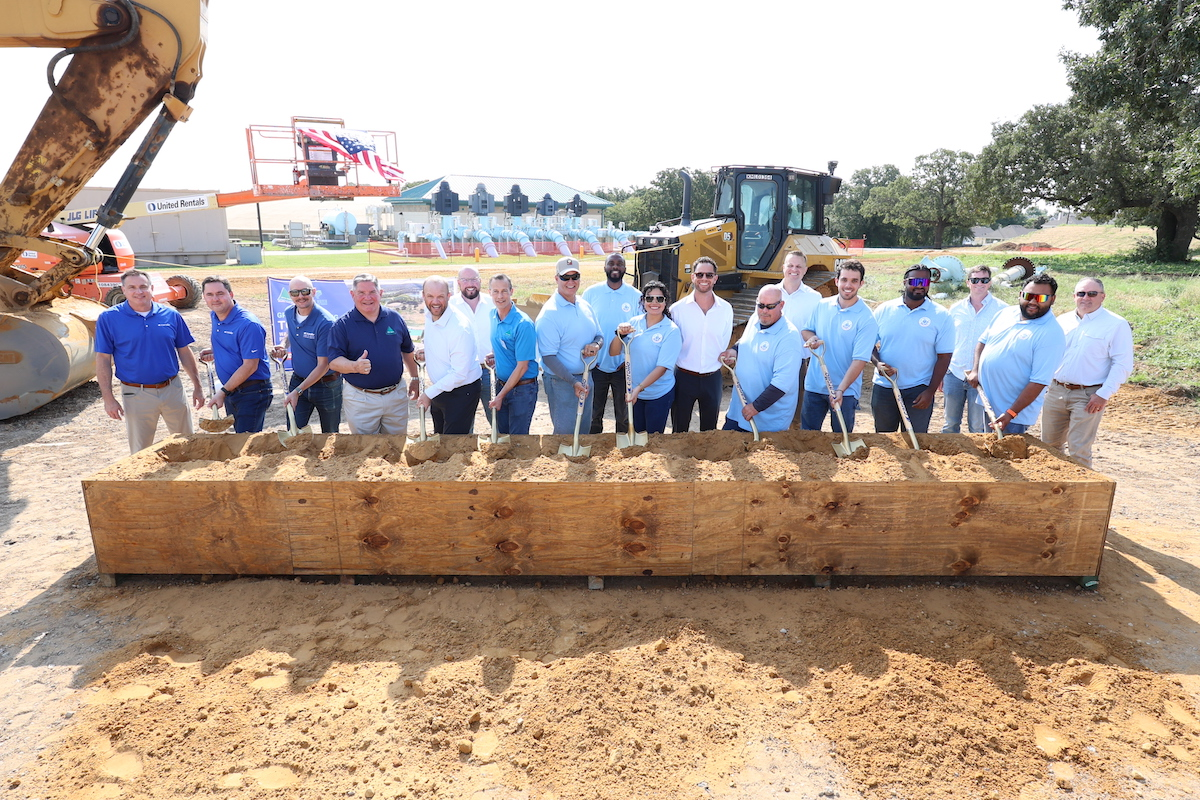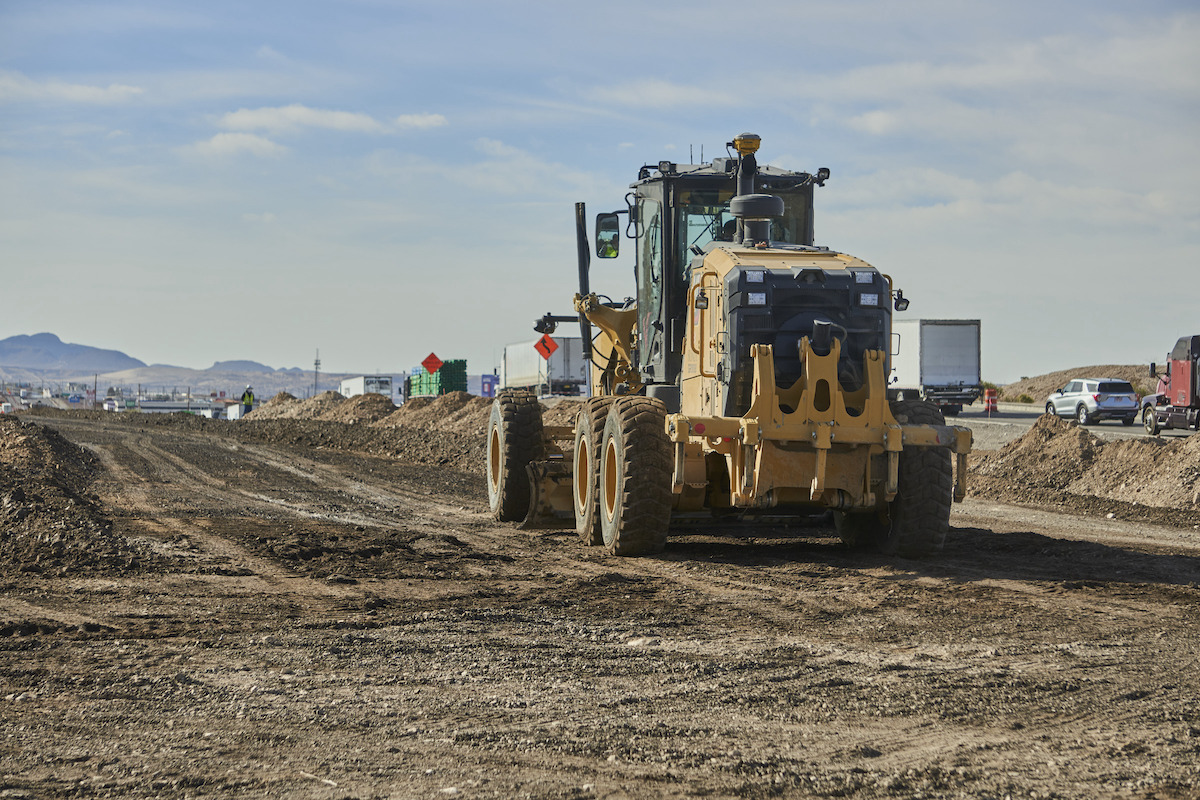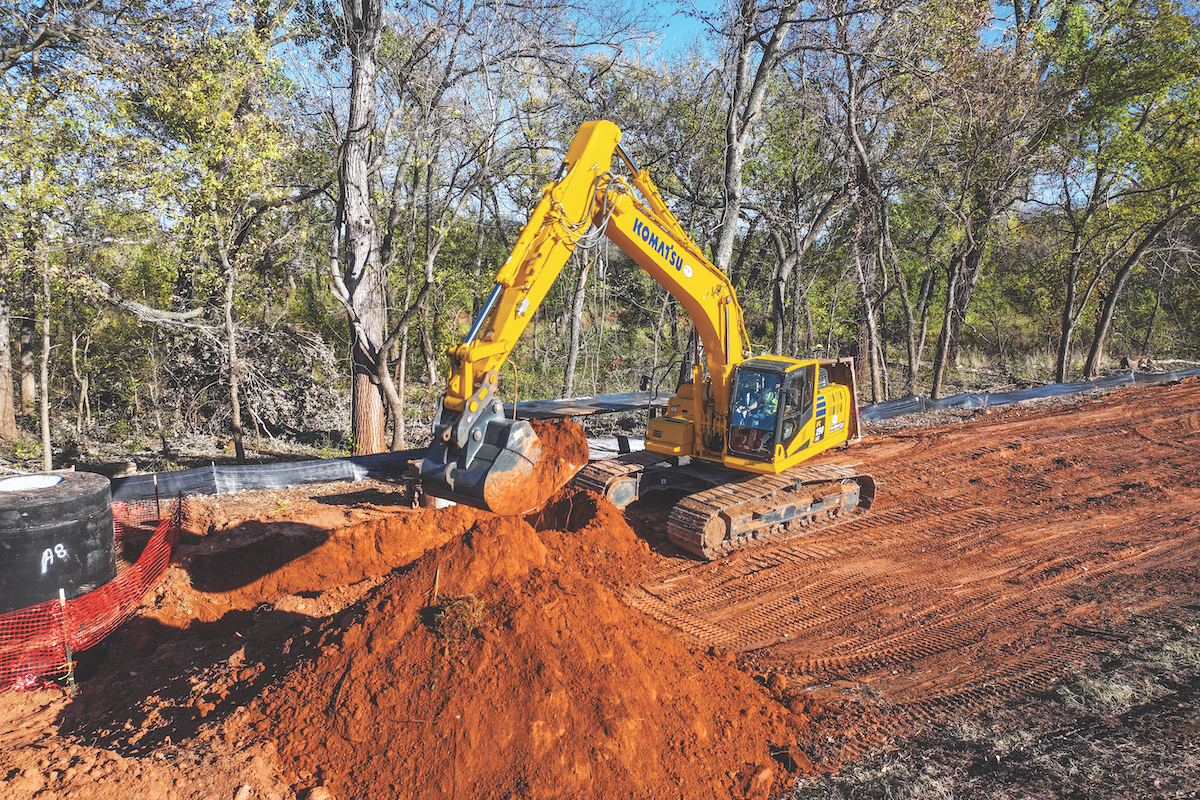The valuation of right-of-use (ROU) assets has become a critical focus for lease-dependent businesses following recent updates to accounting standards. These assets, which reflect the value of lease interests, now appear on balance sheets across industries. When changes in business operations, market conditions, or asset value occur, companies must reassess the value of these assets for impairment to ensure financial statements accurately reflect their economic reality.
This article explores the process of evaluating ROU assets for impairment, the importance of fair value in these assessments, and the factors influencing valuation. Whether assets are utilized, subleased, or abandoned, understanding these principles is essential for businesses to maintain transparency, comply with accounting standards, and make informed strategic decisions. Although the focus here is on real property leases, the general concept applies to other leased assets.
Also noteworthy is that this discussion relates to the relevant Financial Accounting Standards Board (FASB) Topics 360, 842, and 820, alongside their International Financial Reporting Standards (IFRS) equivalents: IAS 36, IFRS 16, and IFRS 13. While IFRS treats all leases as finance leases, FASB differentiates between operating and finance leases. Nevertheless, the valuation of ROU assets under both sets of standards — as discussed in this article — remains consistent and applies to the U.S., Canada, and other international countries.
The FASB overhauled lease accounting standards through ASC 842. The updated standards require lessees to recognize operating ROU assets, in addition to capital (finance) leases on the balance sheet, and assess them for impairment when triggering events occur. Now that non-public entities have fully adopted ASC 842, all lessees must evaluate ROU assets under ASC 360 impairment guidance (Financial Accounting Standards Board, 2018), including determining fair value in compliance with ASC 820 (Financial Accounting Standards Board, 2012).
When an ROU asset is impaired, the lessee must recognize an impairment loss — calculated as the difference between the asset’s carrying amount and its fair value — by exploring critical valuation considerations and practical steps for assessing ROU assets for impairment.

| Your local JCB North America dealer |
|---|
| Monk JCB |
| ASCO Equipment |
| BOSS JCB |
| South Star JCB/Meinecke |
The fair value of an ROU asset is the present value of the expected lease payments during the lease term, discounted at a market-based rate reflecting market participants’ perspective and asset-based risk factors. Valuing ROU assets for ASC 360 impairment can be challenging because it requires the lessee's financial statements to be precise and reflect the true economic value.
Key considerations include:
- Fair value: The price received to sell an asset or paid to transfer a liability in an orderly transaction between market participants at the measurement date (Financial Accounting Standards Board, 2012).
- Exit price concept: The price received to sell an asset or paid to transfer a liability (Financial Accounting Standards Board, 2012).
The underlying tenet of fair value for non-financial assets is the highest and best use, which accounts for the physically possible, legally permissible, financially feasible, and maximally productive use of an asset (The Appraisal Foundation, 2022). The highest and best use also concludes on the use, timing of use, and the most likely users (market participants for a specific use) considering the element of risk. Therefore, this use may range from the current use to an alternative one that passes the four tests listed above.

| Your local Stewart-Amos dealer |
|---|
| Closner Equipment Co Inc |
Factors contributing to the impairment of an ROU asset include:
- A decline in the value of the leased asset
- A change in the lessee's business or operations that makes the leased asset less valuable
- Financial difficulties affecting the lessee's creditworthiness and financing options
Additional valuation influences:
- Lease term and the contractual ability of the lessee to sublease
- Nature and use of the leased asset
- Lessee's business operations
- Economic conditions and market dynamics
- The subject asset's competitive market area
- Held for use: The asset is expected to be utilized in the lessee’s business operations throughout its useful life. The valuation of an ROU asset held for use will be based on the expected market rent for similar spaces in the subject future cash flows that the asset will generate.
- Sublease-able: The ability to sublease an asset is based on a combination of market and contractual factors.
- Abandoned: The asset being abandoned reflects the estimated cost of disposal, as the asset provides no recoupable benefit. The valuation of an ROU asset that is being abandoned will be based on the estimated cost of disposal of the asset.
- Downtime: Periods of vacancy between subleases or unexpected terminations.
- Free rent: Waived rent payments by the (sub)lessor to attract (sub)lessees, reducing the effective rent payment.
- Excessive tenant improvement allowance: Contributions made by the lessee to improve the asset for the sublessee, reducing sublease income.
- Market rent growth rates: Anticipated increases in future market rent.
- Sublease costs: Expenses incurred by the lessee to facilitate subleasing.

| Your local Finn Corporation dealer |
|---|
| Romco Equipment Co |
When determining whether an ROU asset is impaired, it is important to consider whether the asset is held for use, sublease-able, or is being abandoned:
Since the ROU asset is considered a non-monetary asset, typical benefits are the utilization of the asset rather than some cash flow return. To help alleviate the loss of benefits, a lessee may sublease a leased asset, transferring their right to use it to another party. While the lessee remains responsible for lease payments to the lessor, they receive rent from the sublessee.
The impact on the ROU asset’s valuation must be considered when subleasing. This valuation is determined by the present value of the sublease payments with considerations for:

| Your local Wirtgen America dealer |
|---|
| Nueces Power Equipment |
| Kirby-Smith Machinery |
The lessee's lease obligations to the landlord remain unchanged, reflected in the lease liability, which is the present value of the expected head lease payments.
In economics, utility measures the satisfaction derived from a good or service with "utils," representing a hypothetical unit of measurement for this benefit. Applied to market rent, when a head lessee uses an asset as intended, they are assumed to derive the full benefit of that asset, measured as the market’s willingness to pay for the asset.
However, if the lessee ceases to utilize a space and subleases it, the utils should now be measured based on the sublease rate the head lessee (the sublessor) is able to get for the space, recognizing that the highest and best use may have changed. This concept underpins the traditional valuation of leasehold interests: when a tenant's measure of utility (market rent or utils) is higher than their contract rent, they have a net asset value; when the utils are lower than the contract rent, they have a net liability value.

| Your local Atlas Copco CMT USA dealer |
|---|
| Central Texas Equipment |
| Bee Equipment Sales Ltd |
| Cooper Equipment Co |
| Closner Equipment Co Inc |
A strong grasp of current accounting standards helps lessees accurately value ROU assets for precise financial reporting. Consulting a knowledgeable financial advisor can enhance transparency, ensure compliance, and support informed business decisions.





